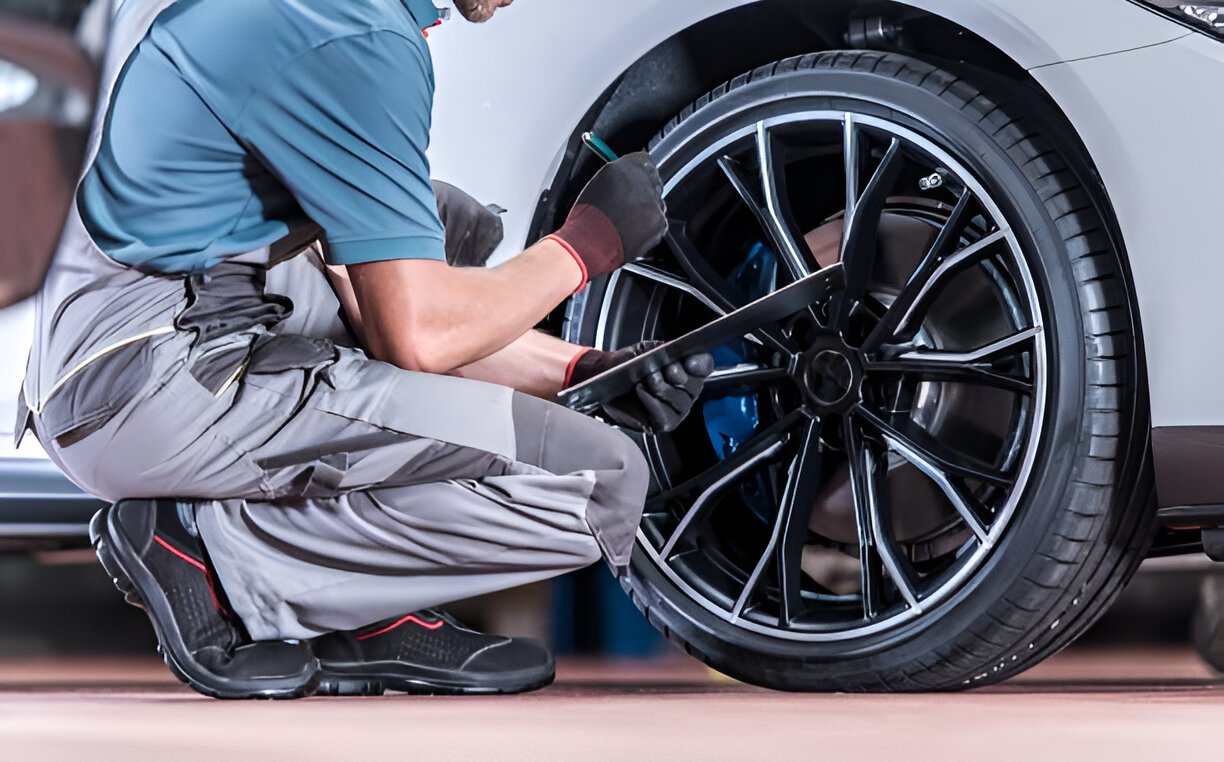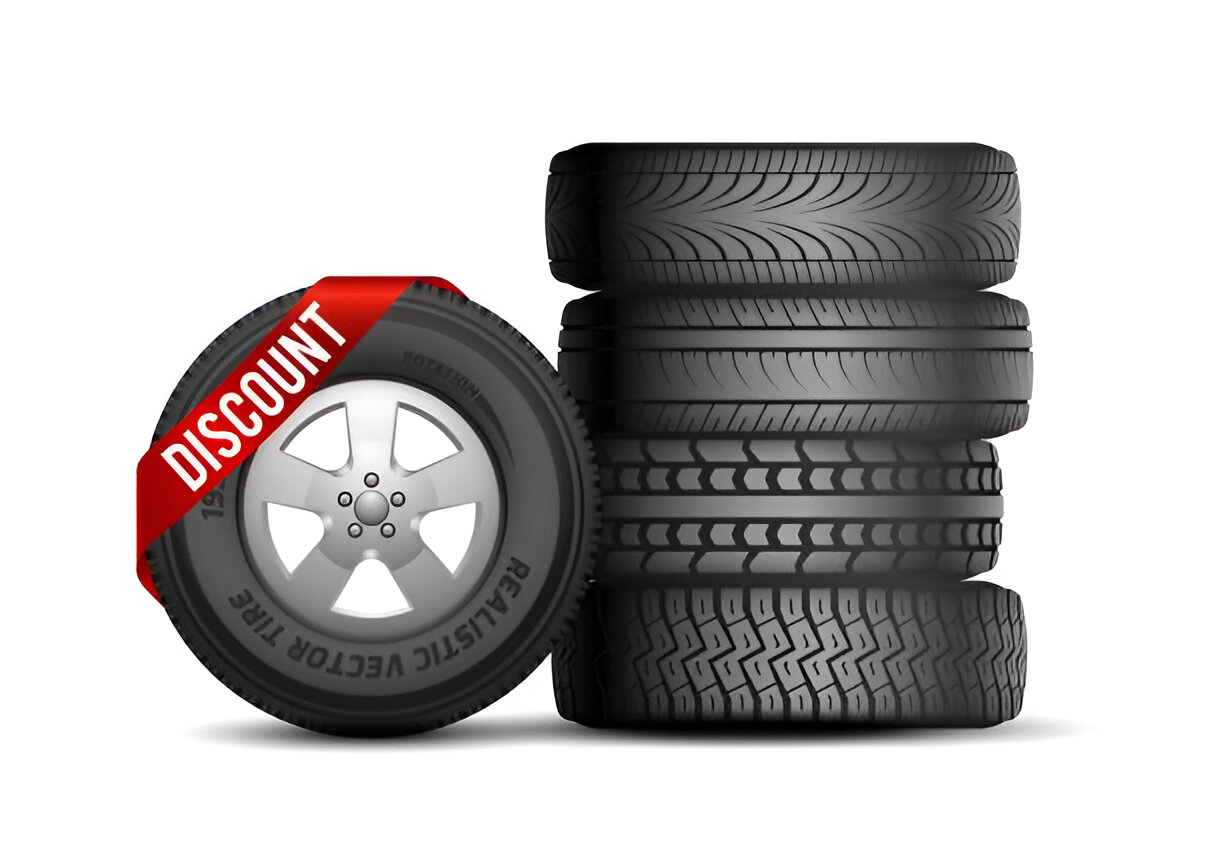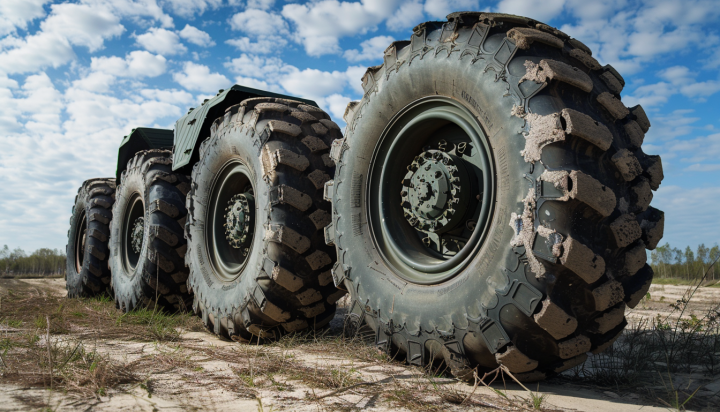Last Updated on July 29, 2025
Prioritize Tire Safety for a Smooth and Secure Ride
Tire safety is a paramount concern for every driver. Your tires are the only point of contact between your vehicle and the road, making their maintenance and condition a critical aspect of road safety. In this comprehensive guide, we’ll walk you through the essentials of tire safety, helping you understand why it’s crucial and what steps you can take to ensure your tires are in optimal condition.
At Tires Easy, we prioritize your safety, and this guide is designed to empower you with the knowledge you need to make informed decisions about your tires.
The Importance of Tire Safety
Before diving into the nitty-gritty of tire safety, let’s underscore why it’s vital. Your tires are responsible for several critical functions, including:
1. Traction
Tires provide the grip necessary for your vehicle to accelerate, brake, and turn safely. Insufficient traction can lead to accidents, especially in adverse weather conditions.
2. Steering Control
Properly inflated and aligned tires are essential for maintaining vehicle control. A loss of power can have dire consequences.
3. Load-Bearing
Tires bear the weight of your vehicle and its occupants. Overloaded or underinflated tires can fail, resulting in accidents.
4. Braking
Effective braking relies on your tires’ ability to grip the road surface. Worn or damaged tires can significantly increase stopping distances.
Now that we’ve established tires’ critical role let’s explore how you can ensure they remain safe and reliable.

Tire Maintenance Tips
Maintaining your tires is like caring for your shoes, ensuring you walk comfortably and safely. Just like you wouldn’t wear worn-out shoes, you shouldn’t drive on worn-out tires. Proper tire maintenance is critical to your safety on the road. In this section, we’ll share essential tips on how to care for your tires, extend their life, and ensure a smoother and safer driving experience.
1. Check Tire Pressure Regularly
Proper tire pressure is crucial for optimal performance and safety. Underinflated tires can affect traction, fuel efficiency, and lifespan. For the recommended tire pressure, refer to your vehicle’s owner’s manual or the driver’s door jamb placard. It’s essential to check tire pressure at least once a month and before long trips.
2. Inspect Tread Depth
Tread depth is a crucial indicator of tire health. Tires with worn-out treads have reduced traction, especially in wet or icy conditions. To check your tire’s tread depth, you can use the “penny test.” Insert a penny into the tread with Lincoln’s head facing down. If you can see the top of Lincoln’s head, it’s time to replace the tires.
3. Rotate Your Tires
Regular tire rotation ensures even wear on all tires, extending their lifespan. Consult your vehicle’s owner’s manual for the recommended rotation schedule. Typically, tire rotation is done every 6,000 to 8,000 miles.
4. Balance and Alignment
Balancing and aligning your tires prevent uneven wear and improve vehicle handling. If you notice vibrations or your vehicle pulls to one side, it’s time for a professional tire balance and alignment.
5. Check for Damage
Regularly inspect your tires for cuts, punctures, bulges, or cracks in the sidewall. These issues can lead to tire failure and should be addressed promptly.
Choose Quality Tires
Selecting the right tires for your vehicle is the first step in ensuring safety and performance on the road. Quality tires are essential for your vehicle’s handling, braking, and overall driving experience. This section will explore the importance of choosing high-quality tires and how they can significantly impact driving safety and comfort.
Consider Your Driving Needs
When selecting the right tires, one size doesn’t fit all. Your choice should align with your specific driving needs and conditions. Are you mainly driving in city traffic or often venture off-road? Do you live in an area with harsh winters, or is it a sunny, tropical climate? These factors will influence the type of tires that will best suit your vehicle and driving style.

Size Matters
Tire size plays a crucial role in your vehicle’s performance. Using the correct tire size recommended by the manufacturer ensures optimal handling, fuel efficiency, and safety. You can find this information in your vehicle’s owner’s manual or inside the driver’s door jamb. When replacing tires, always match the size and load capacity to maintain the integrity of your vehicle’s design.
Tread Pattern and Design
Tread patterns are not just for aesthetics; they significantly impact your tire’s performance. Different tread patterns are designed for specific road conditions. For example, all-season tires provide a balance of performance in various situations, while winter tires are specially designed for snow and ice. Consider the typical weather and road conditions to choose the correct tire tread pattern.
Quality and Brand
Quality matters in tires. Established and reputable tire brands often invest in research and development to create high-quality, safe, and durable tires. These tires undergo rigorous testing to meet and exceed industry standards. While it can be tempting to opt for cheaper, lesser-known brands, investing in trusted names can pay off in terms of safety and longevity.
Load Index and Speed Rating
Each tire has a load index and speed rating, indicating its maximum load-carrying capacity and speed capability. Selecting tires that match or exceed your vehicle’s requirements is crucial. Choosing tires with a lower load index or speed rating can compromise your vehicle’s performance and safety.
Consider Seasonal Needs
If you live in an area with distinct seasons, having different sets of tires for other weather conditions is advisable. All-season tires are versatile but may not perform best in extreme winter conditions. Consider equipping your vehicle with winter tires when temperatures drop and roads become icy or snowy. Switching to summer or all-season tires in warmer months can extend the life of your winter tires.
Tire Maintenance
Proper maintenance ensures longevity and performance once you’ve chosen the right tires. Regularly check and maintain the tire pressure, rotate the tires as the manufacturer recommends, and inspect the tread depth. Proper maintenance enhances safety and contributes to fuel efficiency and even tire wear.
Selecting quality tires tailored to your driving needs, maintaining them properly, and choosing the correct tire size and type are crucial steps in ensuring your safety and the overall performance of your vehicle. Quality tires may come at a slightly higher cost but provide peace of mind, better handling, and a more comfortable driving experience.
Remember that your tires are the only point of contact between your vehicle and the road, so making the right choice is an intelligent investment in your safety and driving enjoyment.
Conclusion
Tire safety is not a matter to be taken lightly. It’s an essential aspect of responsible vehicle ownership. Regular maintenance, inspections, and choosing the right tires can make all the difference in your safety on the road. At Tires Easy, we’re committed to offering a wide range of high-quality tires to meet your needs. Your safety is our priority, so remember to make tire safety a regular part of your vehicle maintenance routine.
Don’t compromise on your safety—explore Tires Easy’s selection of top-quality tires to ensure a secure and enjoyable driving experience.
FAQs
What is basic tire safety?
Basic tire safety refers to the essential practices and precautions that help ensure your tires are in good condition and provide safe and reliable performance on the road. This includes proper inflation, regular inspections, and maintenance to prevent accidents and tire-related issues.
How do you check tire safety?
To check tire safety, you should inspect your tires regularly for signs of wear, punctures, and damage. Maintaining the correct tire pressure, monitoring tread depth, and ensuring proper alignment are critical factors in assessing tire safety.
Which type of tire is safe?
A tire’s safety depends on its suitability for your vehicle and driving conditions. Generally, all tires designed for road use should meet safety standards, but factors like tire type (e.g., all-season, winter, or summer), size, load rating, and speed rating should be considered to ensure a safe choice.
How can I protect my tires?
You can protect your tires by following these tips:
- Maintain proper tire pressure as per your vehicle’s specifications.
- Regularly inspect your tires for visible damage, tread wear, and punctures.
- Rotate your tires at recommended intervals to ensure even wear.
- Align your vehicle’s wheels to prevent uneven tire wear.
- Drive cautiously and avoid potholes and road hazards that can damage your tires.
- Choose high-quality tires suitable for your driving conditions and needs.
-
Automotive Specialist
-
Proofreader
-
Writer









